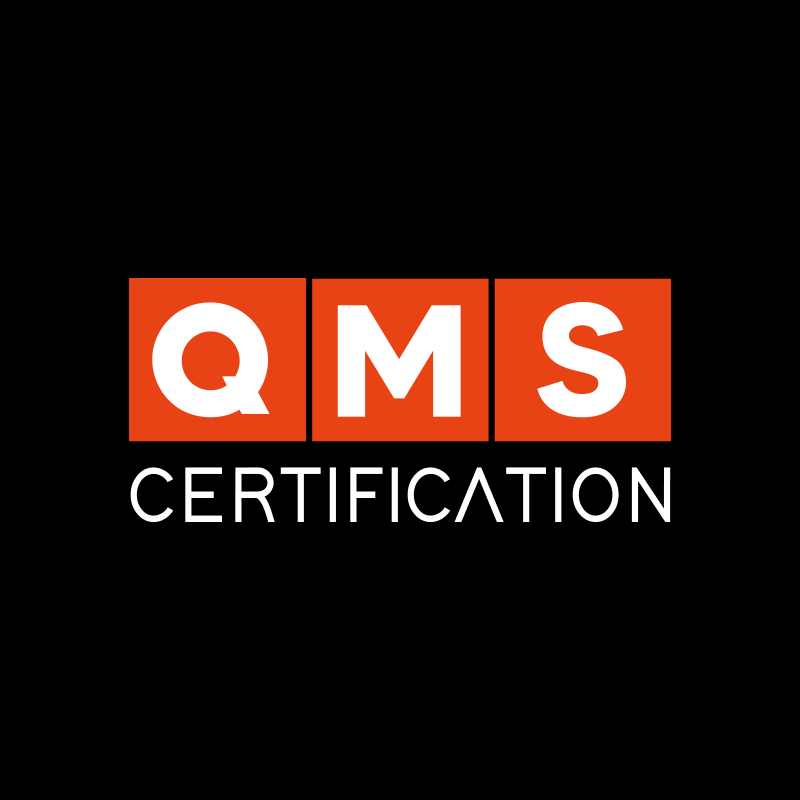When the organization commits to complying with its environmental policy, it not only acts in accordance with ISO 14001, but also shows its customers that it is socially responsible.
In recent years, we have followed numerous environmental disasters caused by small, medium and large companies. Tragedies such as the collapse of dams, fires, contamination of rivers and seas, among others, which gained great repercussion. And yes, this is also a matter of Environmental Policy.
These tragedies raise numerous questions and discussions about what the organization failed to do, or did wrong, to result in these accidents. Therefore, in today’s article we will understand how an organization can determine its objectives and its commitment to the environment.
So that we can better understand the measures and initiatives that an organization can implement in its system, we will address the requirement 5.2 Environmental Policy, present in ISO 14001: 2015.
Knowing the requirement 5.2 Environmental Policy
The standard is presented with a statement that makes it clear that the environmental policy must be implemented and maintained within its scope, present in its environmental management system.
5.2 Environmental policy
Top Management must establish, implement and maintain an environmental policy that, within the scope defined in its environmental management system:
a) is appropriate to the purpose and context of the organization, including the nature, scale and environmental impacts of its activities, products and services;
b) provide a framework for setting environmental objectives;
c) includes a commitment to protecting the environment, including pollution prevention and other specific commitment(s) relevant to the organization’s context;
Other specific commitment(s) to environmental protection may include sustainable use of resources, mitigation and adaptation to climate change, and protection of biodiversity and ecosystems.
d) includes a commitment to meet its legal and other requirements;
e) includes a commitment to continuous improvement of the environmental management system to increase environmental performance.
Let’s understand requirement by requirement how to implement the environmental policy.
The environmental policy must seek constant improvement, in favor of sustainability and following legal requirements. Let’s see:
a) is appropriate to the purpose and context of the organization, including the nature, scale and environmental impacts of its activities, products and services
As we have already seen here on the blog, the context of the organization addresses internal and external issues. When it comes to the 14001 standard, these internal and external issues are related to the environment.
This means that the organization must be prepared to address internal issues, such as the environmental impacts that its production can cause.
When we talk about external issues, the organization must be aware of changes that may impact it from outside its operational territory. For example, implementation or changes to environmental laws, possible climate changes, among other situations.
b) provide a framework for setting environmental objectives;
In this item, the organization’s top management determines its objective in relation to the environmental management system. Therefore, when the environmental policy is determined, it is important that it is aligned with the objectives of the environmental management system.
If there is no alignment between the EMS and the environmental policy, the objectives may go in opposite directions. Let’s exemplify, the objective of a company is to use a larger package and with its raw material in plastic.
However, this will not be possible because the company’s environmental policy stipulates the use of recyclable packaging, using paper as raw material.
c) includes a commitment to protecting the environment, including pollution prevention and other specific commitment(s) relevant to the organization’s context;
Other specific commitment(s) to environmental protection may include sustainable use of resources, mitigation and adaptation to climate change, and protection of biodiversity and ecosystems.
In this item, the organization must declare its intentions in relation to the interested parties, in this case in particular, the environment. The organization must adopt a commitment to the protection of the environment, demonstrating its concern in not harming nature with its actions.
As the note accompanying item C shows, the organization can sustainably use rivers, without contamination or adversely affecting them. It can also make a commitment to care for biodiversity around the organization’s location. Among other factors.
d) includes a commitment to meet its legal and other requirements;
Showing commitment can’t just be about making good impressions. As we saw in item C, commitment is necessary. However, there is no point in implementing numerous preservation measures, projects in favor of nature, among other actions, in environmental policy, and not transforming them into practical actions. Don’t take them off the paper!
The organization must demonstrate commitment and comply with the pre-declared actions, both in its internal requirements and in external requirements, such as new sanctions and environmental laws.
e) includes a commitment to continuous improvement of the environmental management system to increase environmental performance.
The organization’s environmental policy must make it clear that it is always looking for continuous improvement, which in turn is one of the pillars of quality. When the organization implements a commitment to improvement, it shows customers and employees that it is not complacent.
Companies need to update themselves over time, regarding the preservation of the environment (and any other areas).
For example, filters used in industrial chimneys. If the environmental management systems did not seek an improvement so that there was a decrease in air pollution, probably these filters that today, so fundamental, could not even exist.
Benefits of a sustainable company
A sustainable company is one that seeks to transform its actions into positive aspects. This, for people, for the environment and for its own functioning.
When the organization becomes sustainable, it starts to stand out and obtain brand appreciation, priority in the choices made by customers, economy, among other benefits. In addition to the social impact, bringing a better quality of life to people who are directly or indirectly influenced by the organization.
To become a sustainable company, the organization needs to incorporate actions aimed at preserving the environment and projects that benefit society. Implementing an environmental policy like the one shown in today’s article is fundamental to becoming a company with these characteristics.










